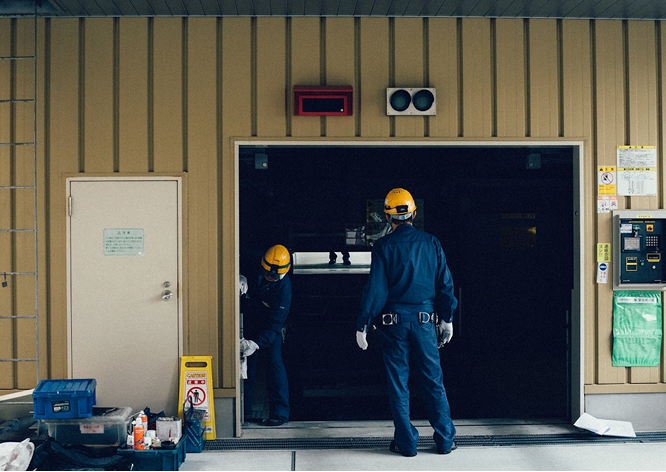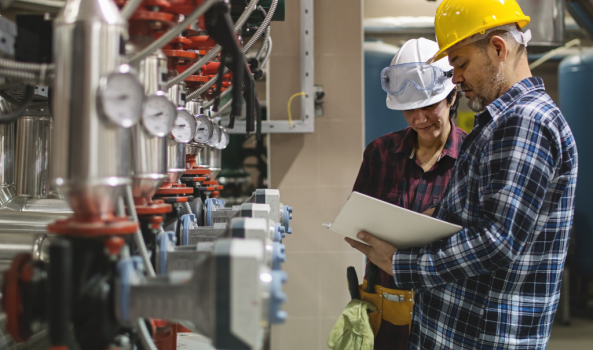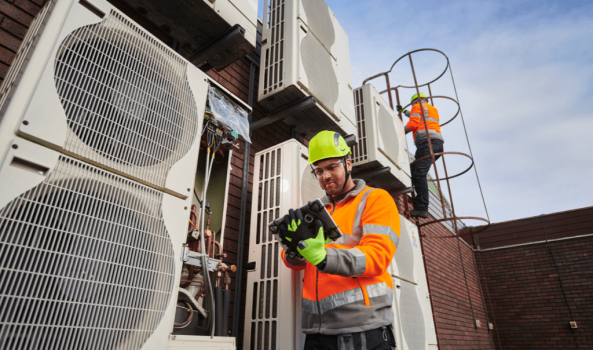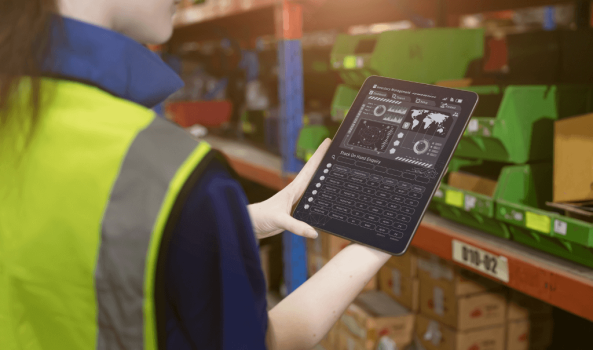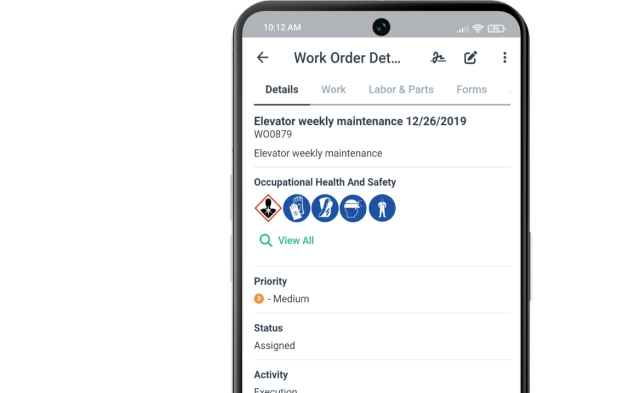Get a Free WorkTrek Demo
Let's show you how WorkTrek can help you optimize your maintenance operation.
Try for freeKey Takeaways:
- Maintenance management focuses specifically on equipment upkeep and asset reliability, while facility management encompasses broader operational responsibilities
- 73% of facility managers report that equipment maintenance represents their most critical daily responsibility
- Organizations with integrated maintenance and facility management approaches see 22% fewer operational disruptions
A lot of organizations struggle to distinguish between maintenance management and facility management, often treating them as interchangeable concepts.
This confusion can lead to inefficient resource allocation, unclear responsibilities, and missed opportunities for cost savings.
While there is a shared common ground between the two approaches, they each serve distinct purposes within modern organizations.
For maintenance managers, understanding their key differences can help you optimize operations, reduce maintenance costs, and ensure smooth business continuity.
If you’re curious about how these two critical functions differ and how they can work together to enhance your operations, keep reading.
What is Maintenance Management?
Maintenance management is the systematic process that preserves and restores equipment, machinery, and physical assets to their optimal operating condition.
Based on studies, a lot of maintenance teams struggle with staffing. According to a study by JLL Technologies in 2024, nearly half (47%) of facility management teams are currently understaffed.

The focus is specifically on the technical aspects of asset care, from routine inspections to complex repairs.
Simply, the objective of maintenance management is to maximize equipment reliability and keep maintenance costs down. Another goal is to reduce equipment downtime and operational disruptions.
This approach requires planning, scheduling, and execution of maintenance activities derived from data-driven insights.
According to the International Facility Management Association, good maintenance management can reduce equipment failures by up to 75% when properly implemented.
What are the components of Maintenance Management?
Preventive Maintenance: This is when scheduled tasks are performed at regular intervals to prevent equipment failures. PM includes routine inspections, lubrication, filter changes, and component replacements based on manufacturer recommendations or operating hours.
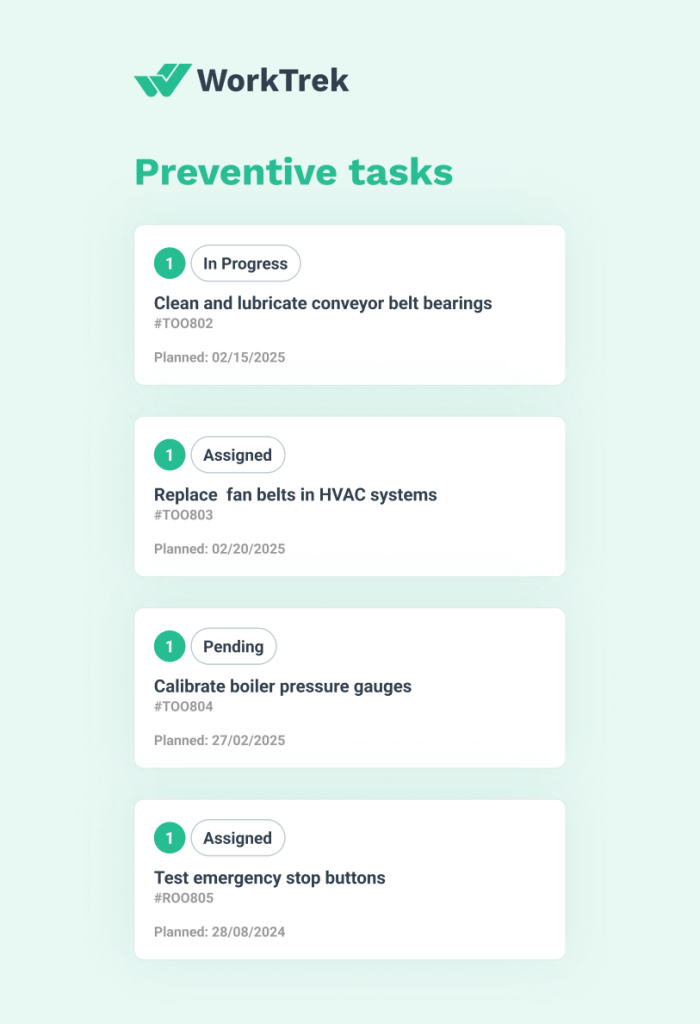
Corrective Maintenance: This is when repairs are only performed when an equipment fails. While reactive, corrective maintenance can be more strategic when integrated with proper maintenance planning.
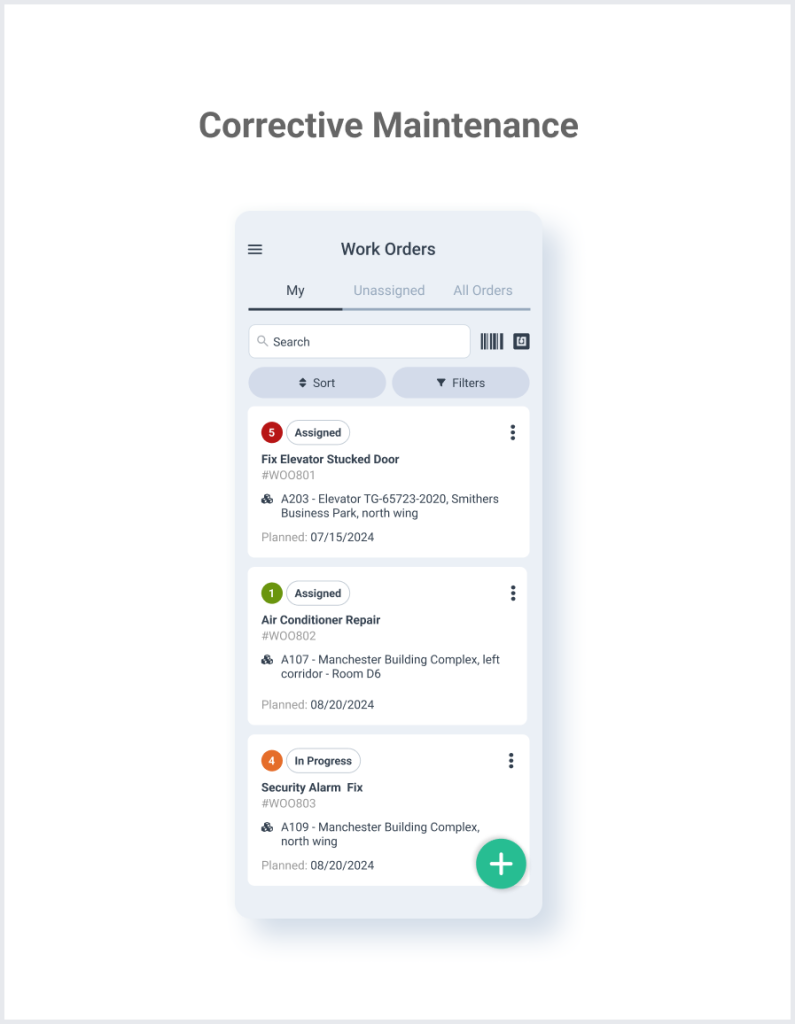
Predictive Maintenance: This is the next generation of maintenance and is considered an advanced maintenance technique. Predictive maintenance works by using condition monitoring and data analytics to predict when equipment is likely to fail. Additionally, it can leverage sensors, vibration analysis, and thermal imaging to optimize maintenance timing.
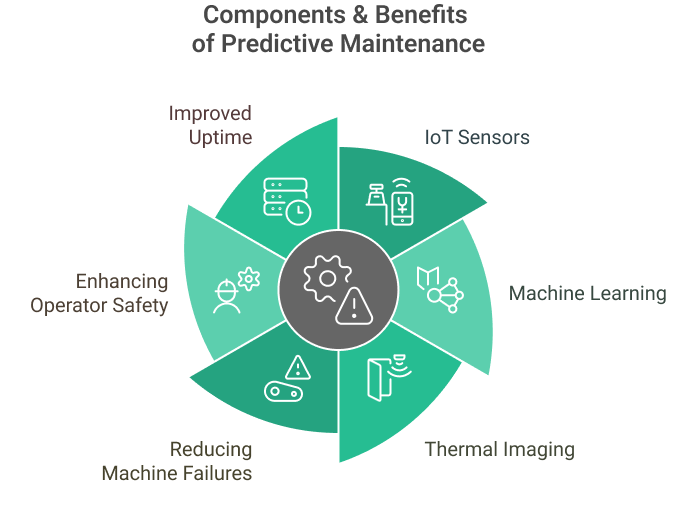
Scheduled Maintenance: Time-based maintenance activities follow predetermined schedules, regardless of equipment condition. This approach ensures all equipment receives consistent maintenance regardless of condition.
What is Facility Management?
Facility management and maintenance aims to take a broader view. It covers the coordination of physical workplace environments to support business operations.
Maintenance is certainly a component of facility management. However, the discipline extends far beyond equipment upkeep.
Facility management services ensure that buildings, systems, and services are functioning properly. The role combines operational oversight with strategic planning to create environments where people and processes can thrive.
Scope of Facility Management Services
Facility maintenance involves:
Building Maintenance: This is the typical comprehensive care of building systems. Items include HVAC systems, electrical systems, plumbing, and structural elements. This ensures that office buildings and commercial buildings remain safe and functional.
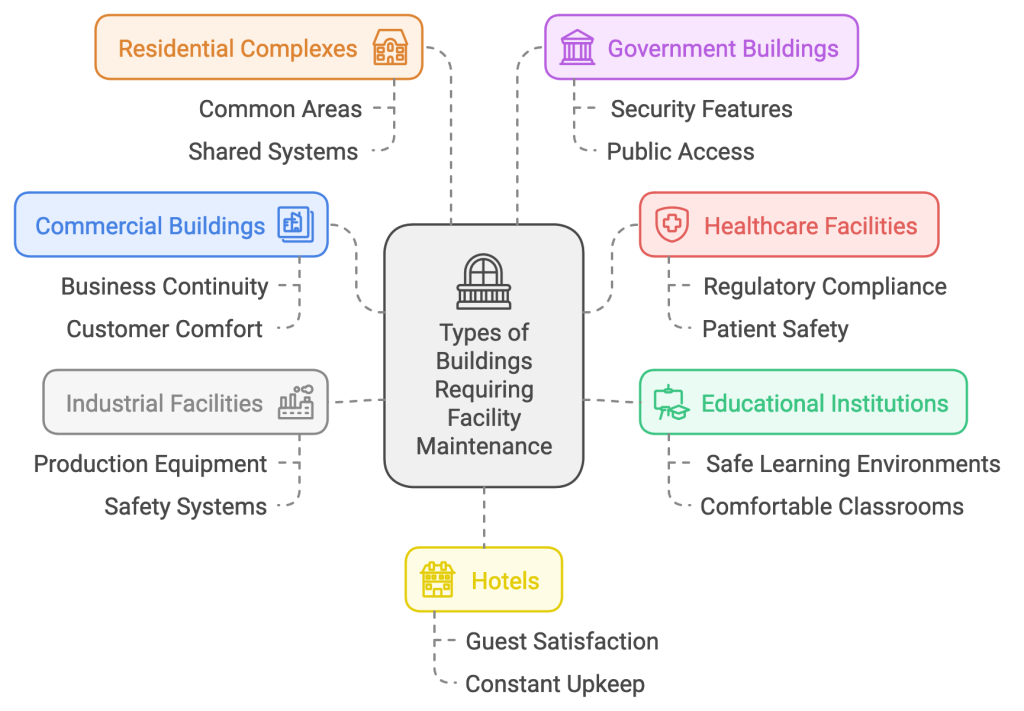
Space Management: The goal is to optimize the use of physical space to support business objectives. This includes layout planning, space allocation, and ensuring efficient utilization of available square footage.
Safety Systems: Another part of the scope is managing safety systems like fire suppression and security systems. It also includes emergency procedures and ensuring compliance with safety regulations. Facility managers coordinate with specialized contractors to maintain these critical systems.
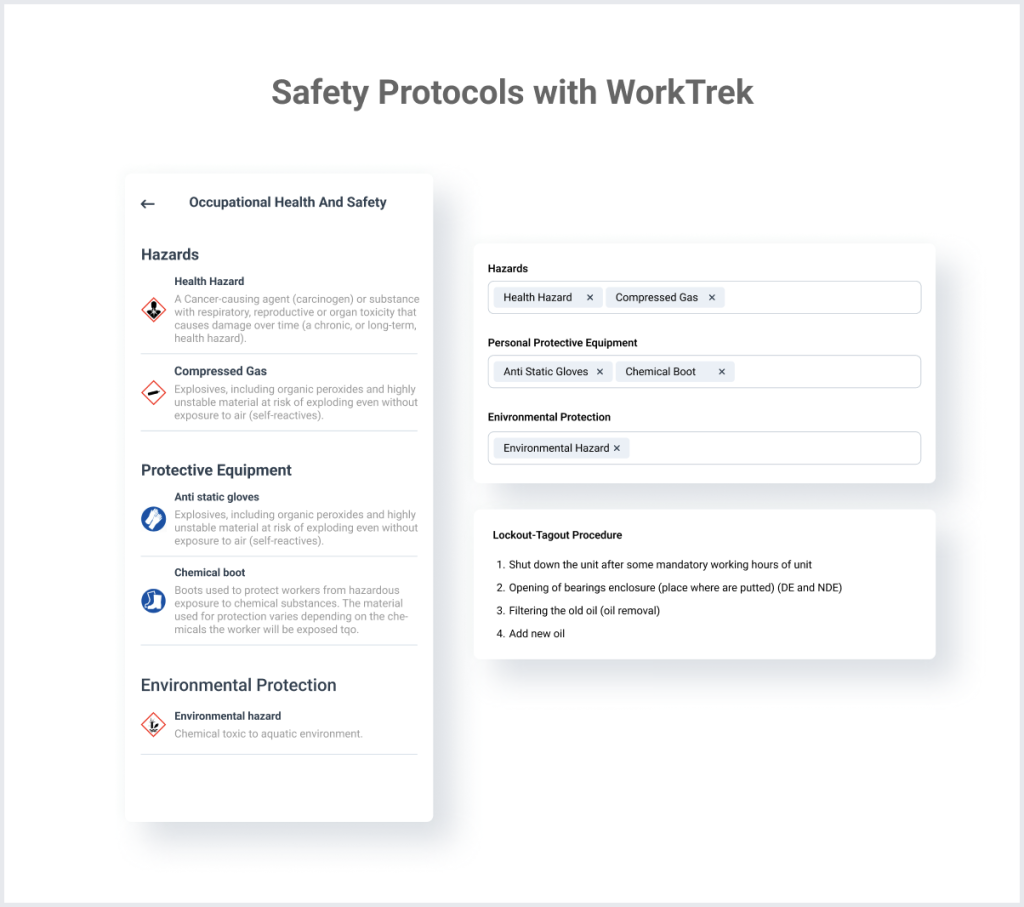
Vendor Management: Most facilities use external vendors for property maintenance. One of the primary tasks is coordinating with external service providers for specialized tasks such as HVAC maintenance, landscaping, cleaning services, and security. This includes managing service requests and ensuring quality delivery.
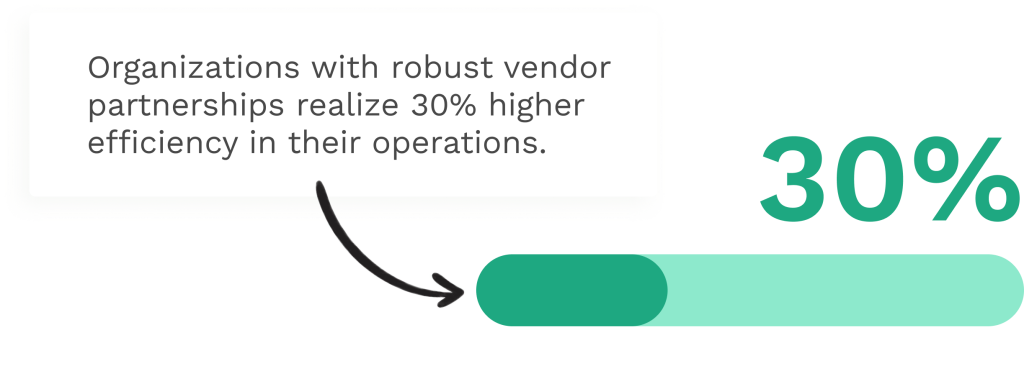
Strategic Planning: Long-term planning for facility needs, including capital project planning, real estate management, and ensuring alignment with organizational growth objectives.
Energy Management: All facility managers want to reduce energy use. This includes implementing energy-efficient practices, monitoring utility consumption, and managing air conditioning and heating systems.
Tools and Technology: How WorkTrek CMMS Supports Both Disciplines
To manage facilities and maintenance, you need a robust technology solution. One of the best solutions on the market is WorkTrek CMMS. It is a comprehensive platform that addresses the needs of both disciplines while enabling seamless collaboration.
Based on a recent study, CMMS can help organizations save between 5-15%of their maintenance budgets. Additionally, 65% of companies that use CMMS have better maintenance outcomes.
Maintenance Management Capabilities
WorkTrek streamlines core maintenance and asset management activities through automated scheduling, work order management, and comprehensive asset tracking.
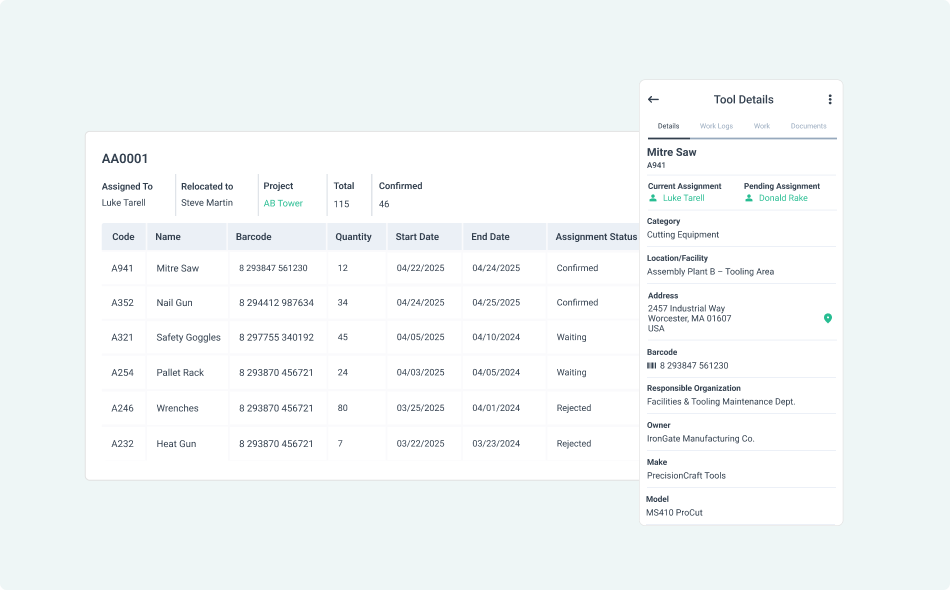
This enables maintenance teams to efficiently plan preventive maintenance, track maintenance activities, and monitor equipment performance.
With WorkTrek’s predictive maintenance features, maintenance professionals identify potential equipment failures before they occur.
This reduces unplanned downtime and maintenance costs.
Facility Management Integration
For facility managers, WorkTrek provides broader operational visibility and coordination capabilities.
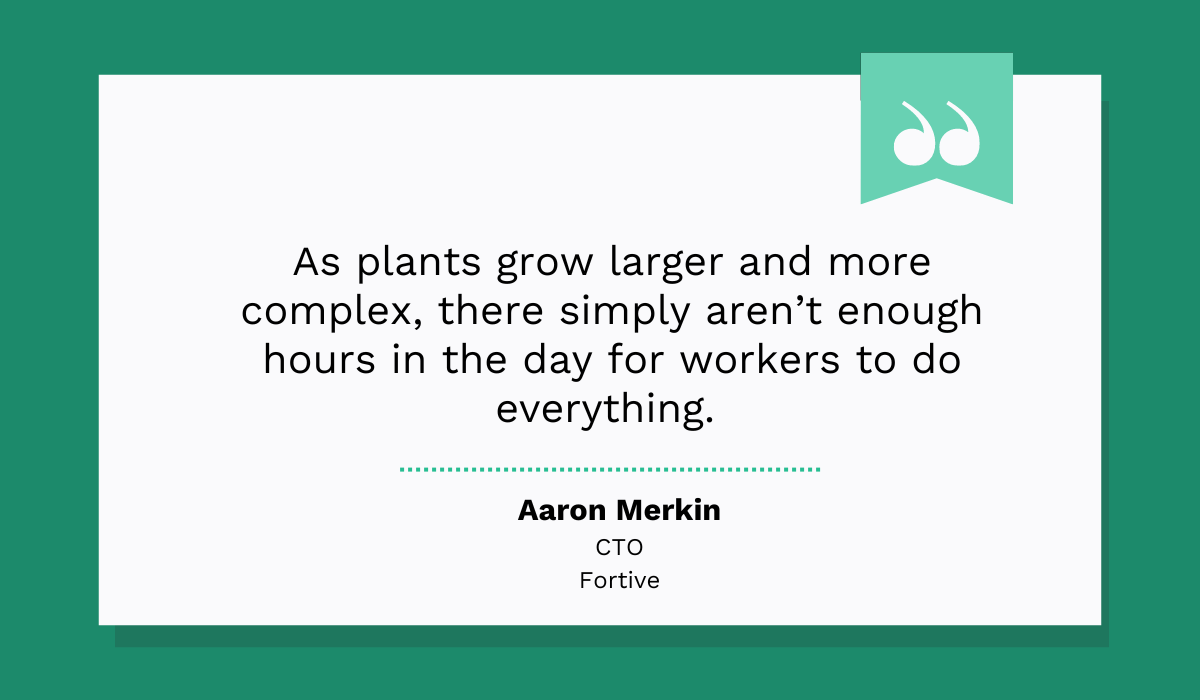
It empowers you to implement efficient management of service requests, vendor coordination, and facility maintenance tasks across multiple building systems.
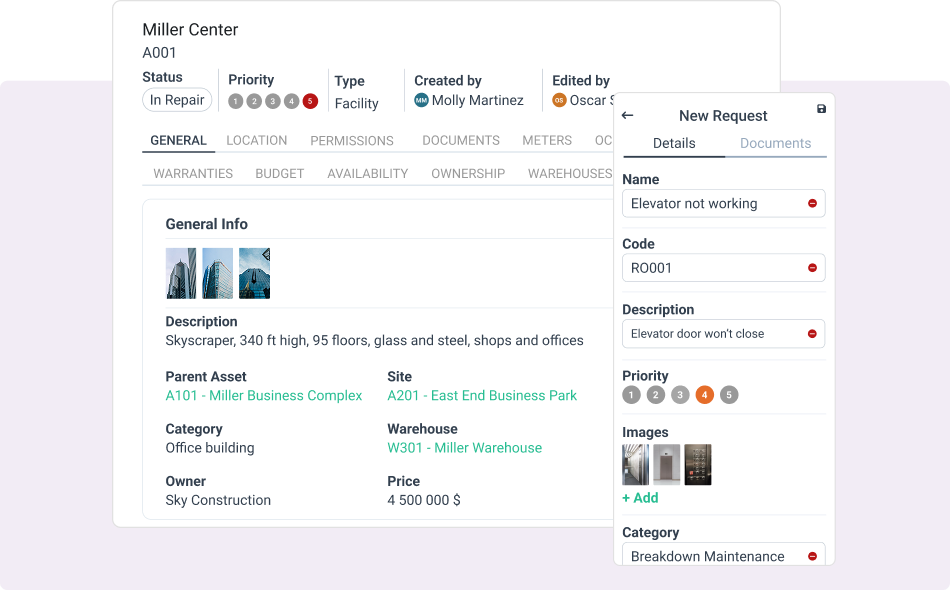
Facility managers can use WorkTrek’s reporting and analytics features to track facility performance, monitor maintenance costs as a percentage of facility budgets, and make data-driven decisions about capital project planning and resource allocation.
Collaborative Features
With WorkTrek you can use shared dashboards that provide real-time visibility into facility operations. These integrated communication tools ensure that all stakeholders stay informed about critical activities.
With WorkTrek’s mobile capabilities, maintenance technicians and facility managers can access information, update work orders, and coordinate activities easily.
Strategic Insights
With WorkTrek’s extensive reporting capabilities provide valuable insights for both maintenance management and facility management decision-making.
Organizations can track key performance indicators, monitor cost trends, and identify opportunities for operational improvements.
These insights enable organizations to optimize their maintenance and facility management strategies, reduce operational costs, and ensure that facilities effectively support business objectives.
How Maintenance and Facility Management Work Together
While maintenance management and facility management have distinct roles, it is important for them to collaborate.
Organizations that can integrate these functions typically see significant improvements in operational efficiency and can reduce maintenance costs.
Coordinated Planning
Successful organizations align maintenance schedules with facility management priorities.
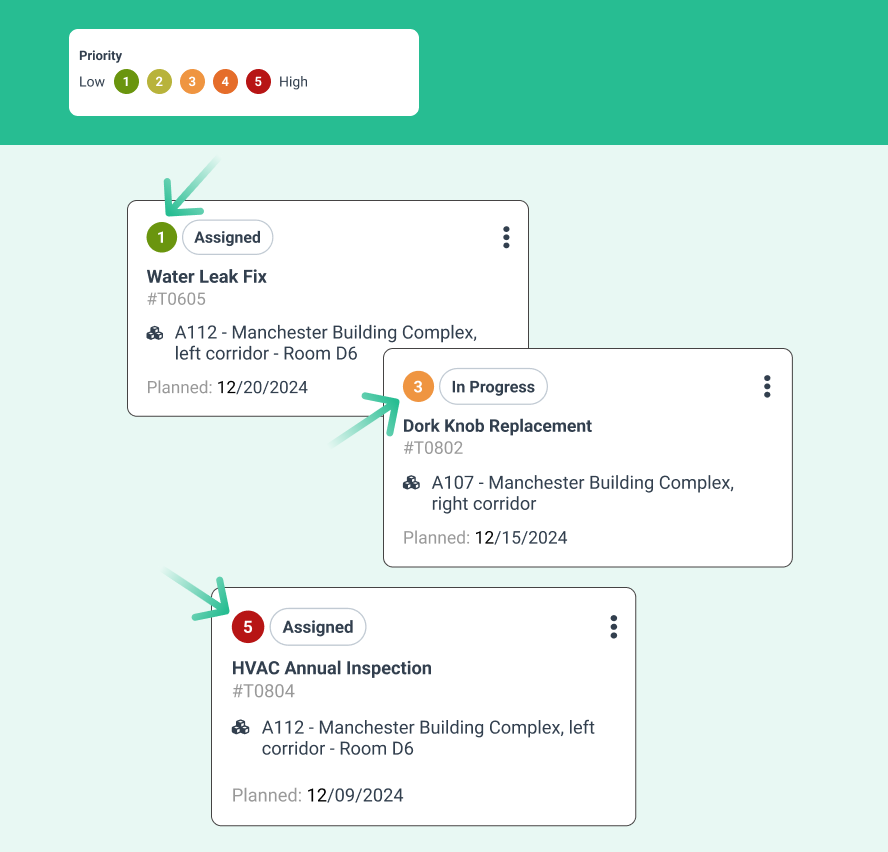
When facility managers understand maintenance requirements, they can better plan space utilization, coordinate vendor activities, and minimize disruptions to business operations.
For example, when major HVAC maintenance is scheduled, facility managers can coordinate temporary cooling solutions, adjust space assignments, and communicate with building occupants to ensure minimal impact on productivity.
Shared Resources
Maintenance teams and facility management teams often share resources, information, and expertise.
Maintenance technicians provide technical insights that aid facility managers in making informed decisions about equipment replacement, space modifications, and capital project planning.
Similarly, facility managers provide strategic context that helps maintenance teams prioritize their activities and align maintenance objectives with broader business goals.
Integrated Technology Solutions
Modern organizations increasingly use integrated technology platforms that support both maintenance management and facility management functions. These systems provide comprehensive visibility into facility operations and enable better coordination between teams.
A well-implemented CMMS can serve both maintenance management and facility management needs by tracking asset performance, managing work orders, and providing data for strategic decision-making.
Best Practices for Optimizing Both Functions
Below are industry best practices to help you manage maintenance and facility management.
Establish Clear Roles and Responsibilities
Clearly define the boundaries between maintenance management and facility management. This approach will help you prevent duplication of effort and ensure comprehensive coverage of all facility needs.
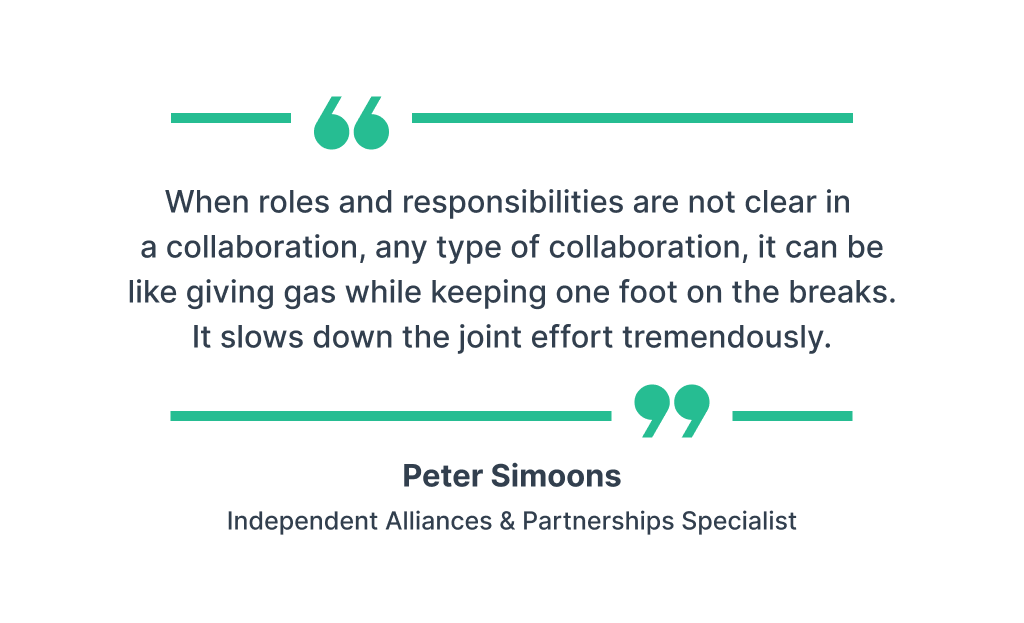
Also, focus on technical expertise and equipment reliability. Align the team’s skills to the longer-term operational requirements.
Regular communication ensures alignment and prevents gaps in coverage.
Implement Integrated Planning Processes
This includes coordinating maintenance schedules with business operations. Also, focus on aligning preventive maintenance with the overall facility objectives.
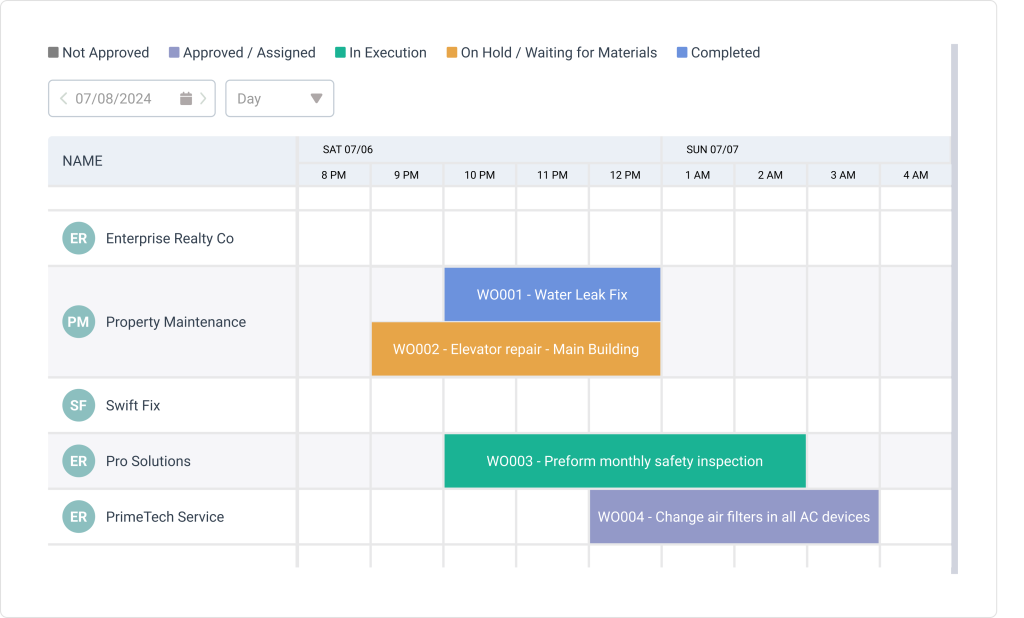
Invest in Technology Integration
Implementing a modern CMMS and facility management platform can provide the technological foundation for your organization. Organizations should prioritize solutions that support both disciplines while enabling seamless data sharing and communication.
Focus on Preventive Approaches
Preventive maintenance is always cheaper in the long term than reactive maintenance. Additionally, it can reduce equipment failures and associated costs. All this while improving your overall operations.

Focus on routine maintenance, scheduled inspections, and preventive facility management practices that address potential issues before they become costly problems.
Develop Comprehensive Training Programs
Without an adequate training program, it is difficult to run an efficient maintenance and facility management program.

Facility managers require broader training on project management, vendor management, and strategic planning.
Maintenance managers need equipment-specific training along with safety and LOTO procedures.
Monitor Key Performance Indicators
It is always a good idea to track performance metrics for both maintenance management and facility management activities.
This includes equipment reliability metrics, maintenance costs, facility utilization rates, and customer satisfaction measures.
Regular performance monitoring empowers you to continuously improve your overall process.
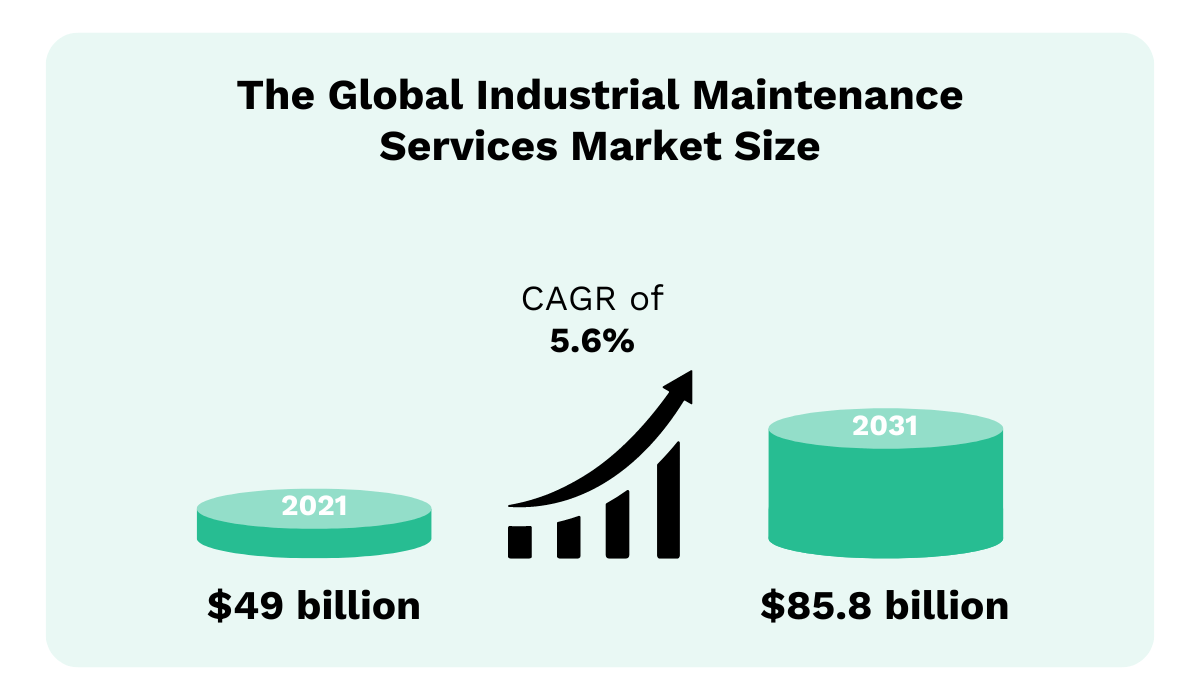
Future Trends and Technology Integration
Technology, including machine learning and AI, is transforming management and facility management. This is increasingly characterized by technology integration, data analytics, and smart building systems.
IoT and Smart Buildings
Internet of Things (IoT) sensors and smart building systems are revolutionizing both maintenance management and facility management.
According to a recent study by Micromain, the smart building market is projected to grow from $96.9 billion in 2023 to $408.21 billion in 2030.
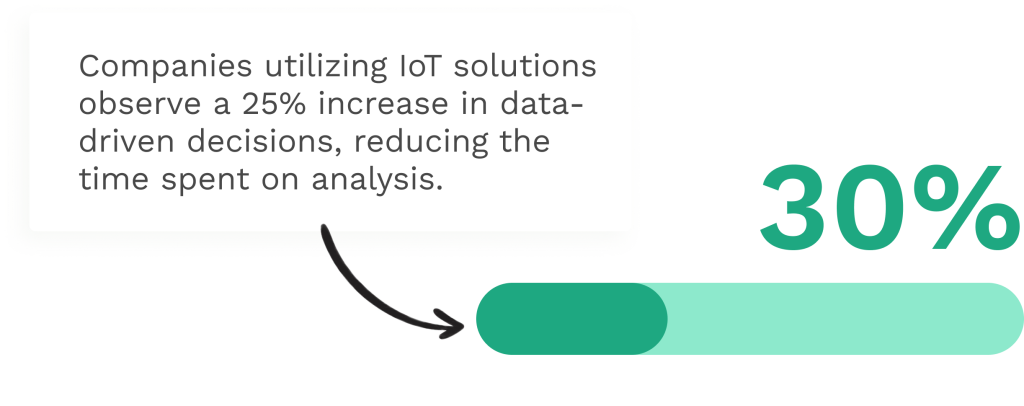
These technologies provide real-time data on equipment performance, space utilization, and environmental conditions.
Smart systems enable more precise maintenance scheduling, automated facility management functions, and predictive approaches to both equipment maintenance and facility optimization.
Artificial Intelligence and Analytics
AI-powered analytics are quickly changing the maintenance industry. Machine learning algorithms can predict equipment failures, optimize maintenance schedules, and identify opportunities for facility management.
Mobile and Cloud Technologies
Mobile technologies are transforming how maintenance technicians and facility managers access information and coordinate activities.
Cloud-based platforms enable real-time collaboration and provide access to critical data from anywhere.
These technologies improve response times, enhance communication, and enable more flexible work arrangements for both maintenance and facility management teams.
Industry Applications and Considerations
Different industries have varying requirements for maintenance management and facility management. Below are a few examples.
Manufacturing and Industrial Facilities
Manufacturing environments typically focus on maintenance management due to the critical nature of production equipment.
Equipment failures can be costly and result in significant production losses. This makes preventive maintenance critical for the manufacturing sector.
Facility management, on the other hand, remains important for managing workspace safety and regulatory compliance.
They are also tasked with supporting manufacturing operations through effective space management and facility maintenance.
Commercial Buildings and Office Environments
Office buildings and commercial properties often prioritize facility management to improve the tenant and guest experience.

This includes maintaining comfortable environments through effective HVAC maintenance, managing building systems, and coordinating maintenance activities to minimize tenant disruption.
Maintenance management focuses on ensuring the reliable operation of building systems, including electrical systems, elevators, and safety equipment.
Healthcare and Critical Facilities
Healthcare facilities require integrated approaches to both maintenance management and facility management.
Equipment reliability is critical for patient safety, while facility management ensures regulatory compliance and supports healthcare delivery.
Specialized maintenance requirements include medical equipment maintenance, emergency power systems, and sterile environment maintenance.
Educational Institutions
Schools and universities balance facility management needs with specialized maintenance requirements.
Facility managers coordinate space utilization for educational activities while maintenance teams ensure safe, reliable operation of building systems and equipment.
Cost Considerations and ROI
Understanding the financial implications of maintenance management and facility management helps organizations make informed investment decisions and optimize their resource allocation.
Maintenance Management Costs
Maintenance management costs typically include labor, parts, tools, and technology.
While these are clearly significant investments, implementing an effective maintenance management generates substantial cost savings through reduced downtime, extended asset life, and improved safety.
Studies show that proactive maintenance approaches can reduce total maintenance costs by 12-18% compared to reactive maintenance strategies.
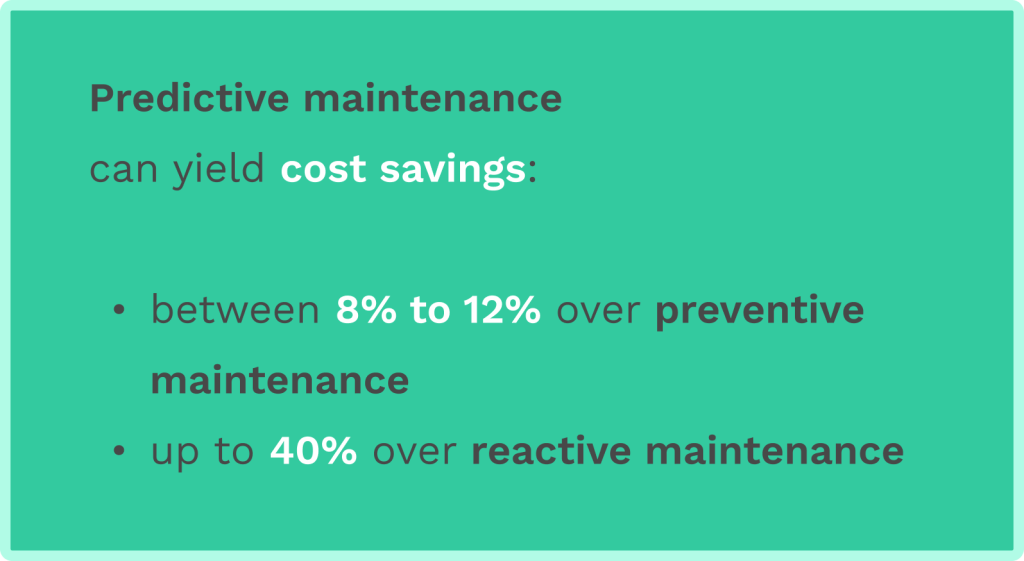
Facility Management Investment
Facility management requires broader investments in technology, personnel, and vendor management. However, effective facility management generates value through improved space utilization, energy management, and operational efficiency.
Organizations with comprehensive facility management programs typically see 15-25% improvements in operational efficiency and significant reductions in facility-related costs.
Integrated Approach Benefits
Organizations that effectively integrate maintenance management and facility management typically achieve superior ROI compared to those that manage these functions separately. This integration reduces redundancies, improves communication, and enables more strategic resource allocation.
Conclusion
As this article has described, understanding the difference between maintenance management and facility management is essential for organizations seeking to optimize their operations and reduce costs.
Both disciplines play important roles in modern organizations, and their effective integration can generate significant operational improvements.
Implementing appropriate technology solutions, like a CMMS application, establishing clear roles and responsibilities, and focusing on preventive approaches, organizations can maximize the value of both maintenance management and facility management.
Whether your organization prioritizes industrial maintenance or comprehensive facility management, investing in proper systems, training, and coordination will pay dividends in the future.



